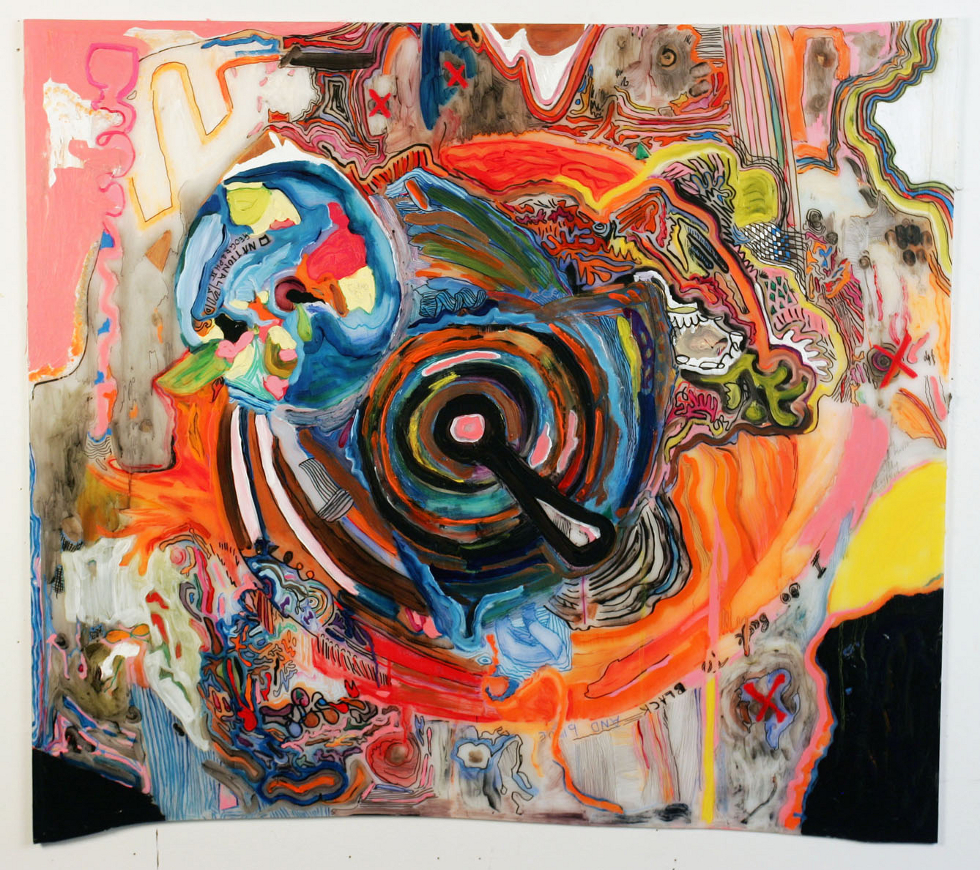gates of distance
by David Chidester

On an internet forum discussing the film Avatar, a contributor asked about the clairvoyant ability of the Na’vi, wondering if they had the spiritual capacity evident among the Zulu of South Africa. As this contributor observed, “For the Zulu, one tribe who served as a model for the Na’vi, it’s called Opening the Gates of Distance.” The contributor provided a reference to Andrew Lang, “Opening the Gates of Distance,” a chapter in his classic text of anthropological theory in the study of religion, The Making of Religion (1900), which was available on the website, Psychanalyse-Paris.com, of the Abréactions Associations, formed in 1901, with its office on Rue Fénelon in Paris.
As a founding member of the Society for Psychical Research, Lang (1844-1912) was interested in examining contemporary evidence of clairvoyance, telepathy, and other psychic phenomena. Describing himself at one point as a “psycho-folklorist,” Lang was fascinated with the modern spiritualist séance as an ethnographic site, noting that his interest in mediums was purely anthropological. Challenged by an academic colleague, Edward Clodd, with the verse, “the devils also believe and tremble,” Lang playfully confessed, “I don’t believe, but I tremble.” Certainly, Lang was not alone in this anthropological interest in spiritualism, although he does not seem to have become an adherent like Darwin’s competitor in the development of evolutionary theory, Alfred Russel Wallace. While commending E. B. Tylor for his fieldwork in actually attending séances, Lang pursued his own research on spiritualism by textual analysis. In The Making of Religion, he embarked upon a textual investigation of spiritualist phenomena by drawing upon the Zulu expression, “opening the gates of distance,” which he found in the missionary-ethnographer Henry Callaway’s Religious System of the Amazulu (1868-1870) and used for the title of his chapter on spiritualism. As Lang explained:
“To open the Gates of Distance” is the poetical Zulu phrase for what is called clairvoyance, or vue à distance. This, if it exists, is the result of a faculty of undetermined nature, whereby knowledge of remote events may be acquired, not through normal channels of sense. As the Zulus say: “Isiyezi is a state in which a man becomes slightly insensible. He is awake, but still sees things which he would not see if he were not in a state of ecstasy (nasiyesi).”
In addition to this account from Callaway, Lang also found the phrase, “opening the gates of distance,” in a chapter on “Zulu Spiritualism” that appeared in David Leslie, Among the Zulus, published in 1875. Here the white hunter related how a Zulu ritual specialist had learned the fates of missing African assistants by lighting fires, ingesting an herb, and “opening the gates of distance.” But Lang’s textual evidence also included the novels of H. Rider Haggard. In his earliest anthropological writings, Lang had drawn evidence from the novelist James Fenimore Cooper, whose Last of the Mohicans had provided such vivid and compelling details of Native American life. Here he cited Haggard as providing anthropological data. “I am one of those,” says the Zulu medicine-man in Mr. Rider Haggard’s Allan’s Wife (1889), “who can make men see what they do not see.” The full passage from Haggard’s novel finds the diviner, Indaba-zimbi, placing this Zulu psychic capacity in opposition to European knowledge: “You white people are very clever, but you don’t quite know everything,” the diviner asserts, “There are men in the world who can make people believe they see things which they do not see.” Although Haggard’s hero, Allan Quatermain, was content to explain this phenomenon as mesmerism, Andrew Lang cited the psychic power of this fictional Zulu diviner as anthropological data, concluding that the “class of persons who are said to have possessed this power appear, now and then, in all human history, and have at least bequeathed to us a puzzle in anthropology.” For Lang, therefore, Haggard’s fictional Zulu diviner was emblematic of the kind of evidence that savages could provide in posing and solving problems of anthropological theory.
As an avid reader of Haggard’s novels, Lang knew that the phrase, “opening the gates of distance,” appeared in Nada the Lily (1892), not only to refer to clairvoyance but also to represent the power of story telling which “opened the gates of distance.” Haggard used the phrase throughout his career to refer to extraordinary psychic power. In a reprise of characters that had appeared in his earliest novels, She and Allen (1921), She explained to Allan Quatermain that the mind can know all things “when the breath of vision or the fury of a soul distraught blows away the veils or burns through the gates of distance.” But Haggard also linked the “gates of distance” with death, as when a sorcerer in The Wizard (1896) “opened the gates of Distance” to send a character “down among the dwellers of Death,” or when a Dutch family in Lysbeth (1901) found that “the hand of approaching Doom had opened the gates of Distance.” Zulu spiritualism, therefore, brought together the reality of death, the capacity of the mind, and the power of fiction for “opening the gates of distance” in exploring the unseen dimensions of the spiritual world.
If the Na’vi displayed this spiritual capacity discovered among the Zulu by a missionary, a big-game hunter, an adventure novelist, and an anthropologist of religion, then their opening of the Gates of Distance had its genealogy in British imperial scholarship, fiction, and myth-making.